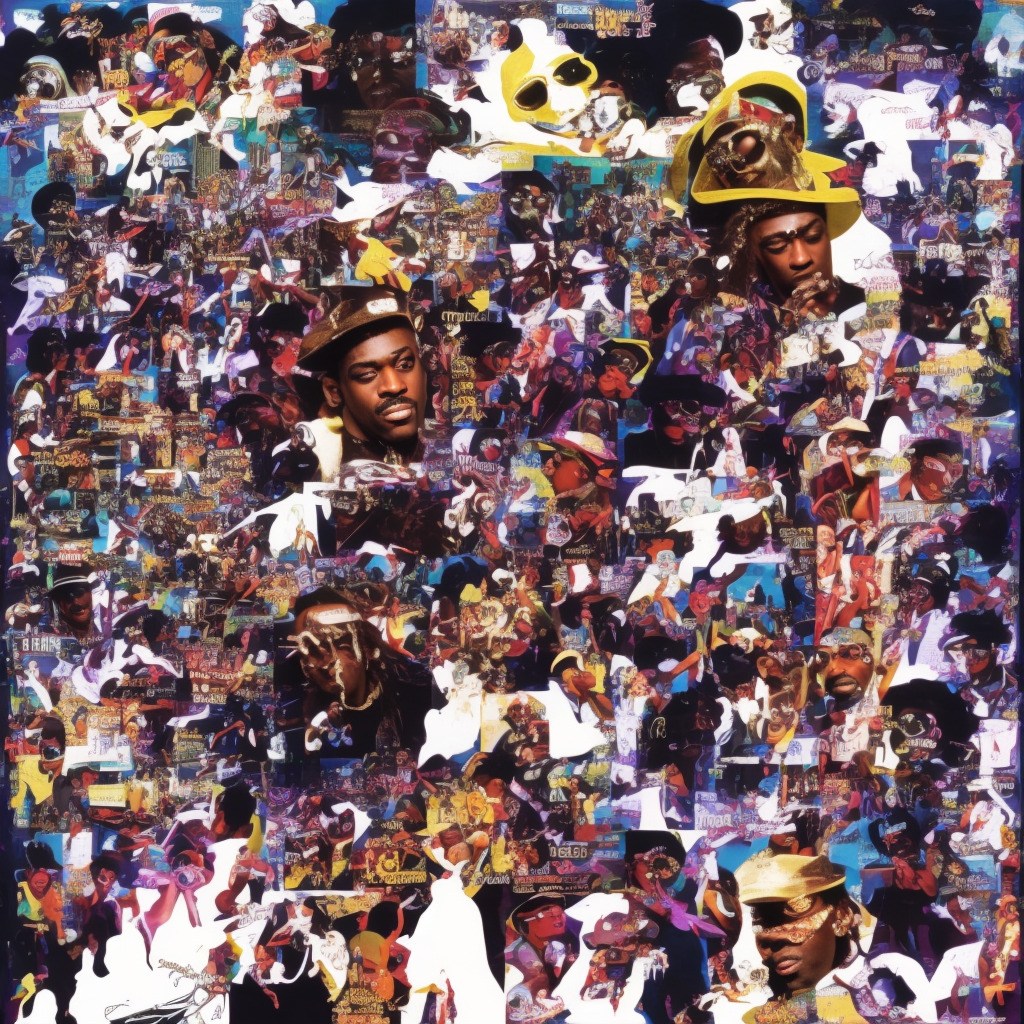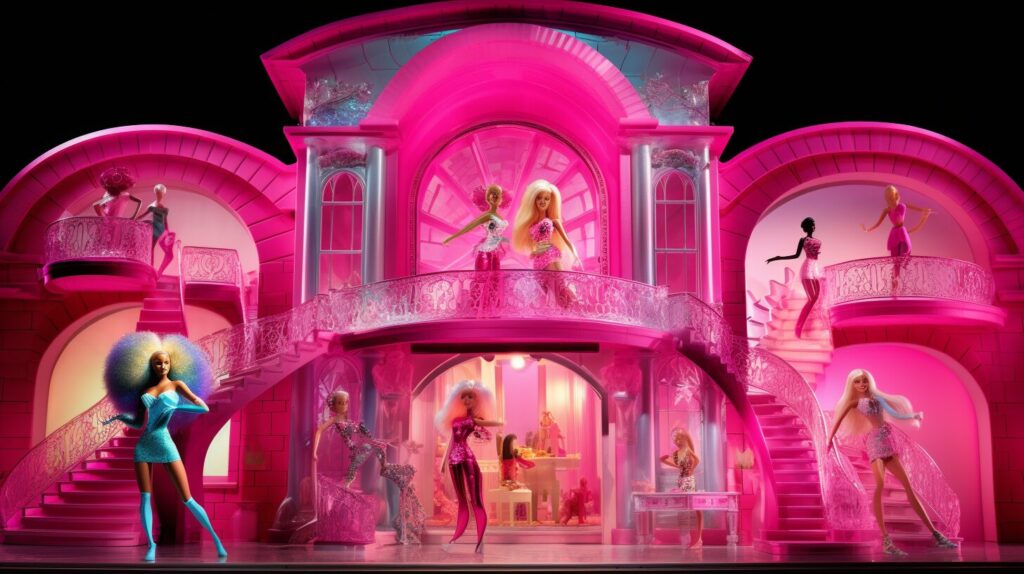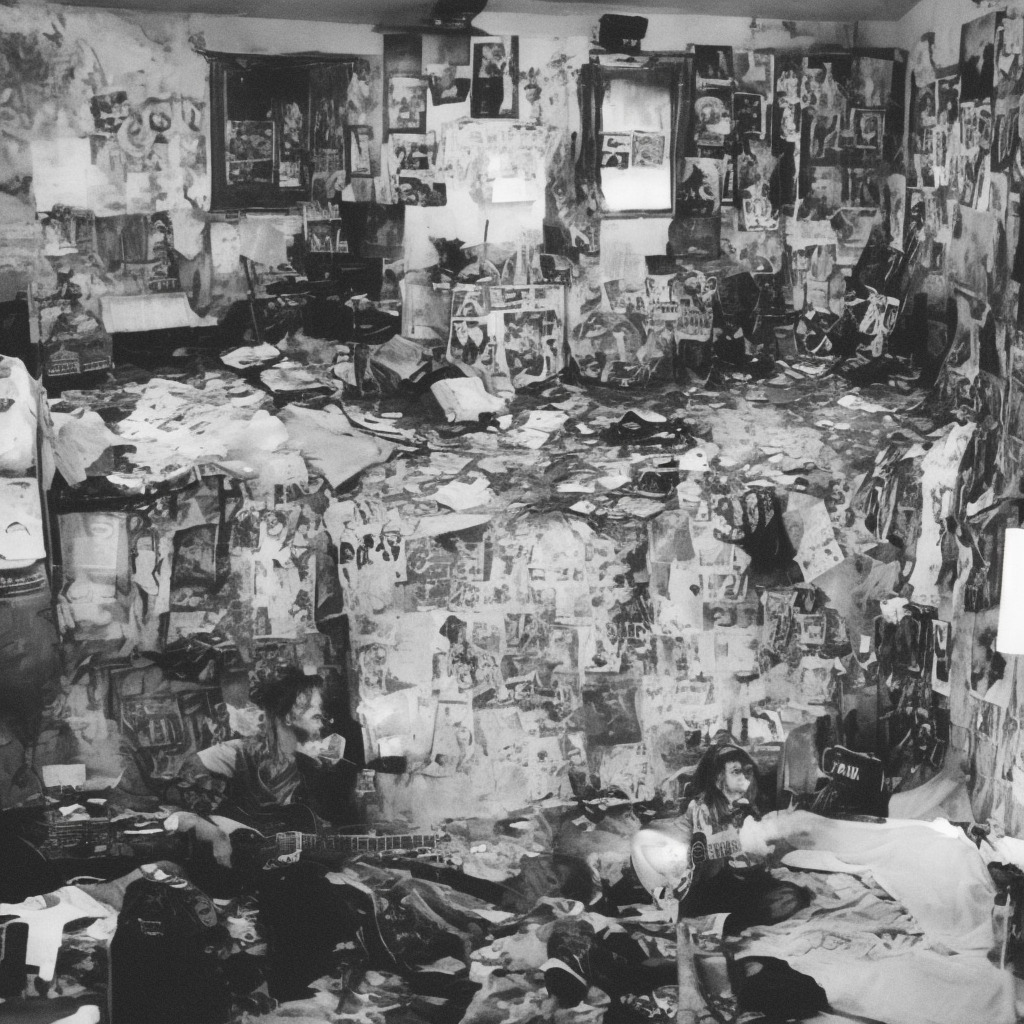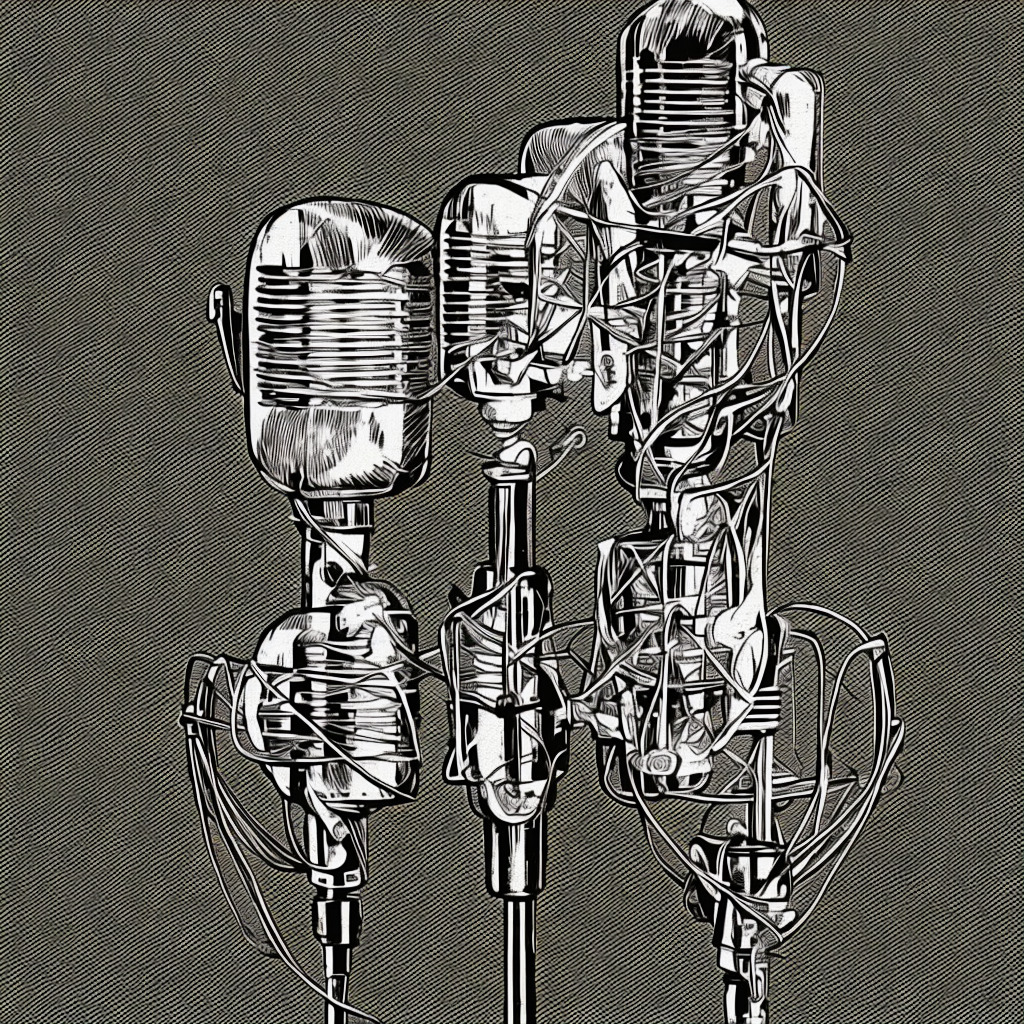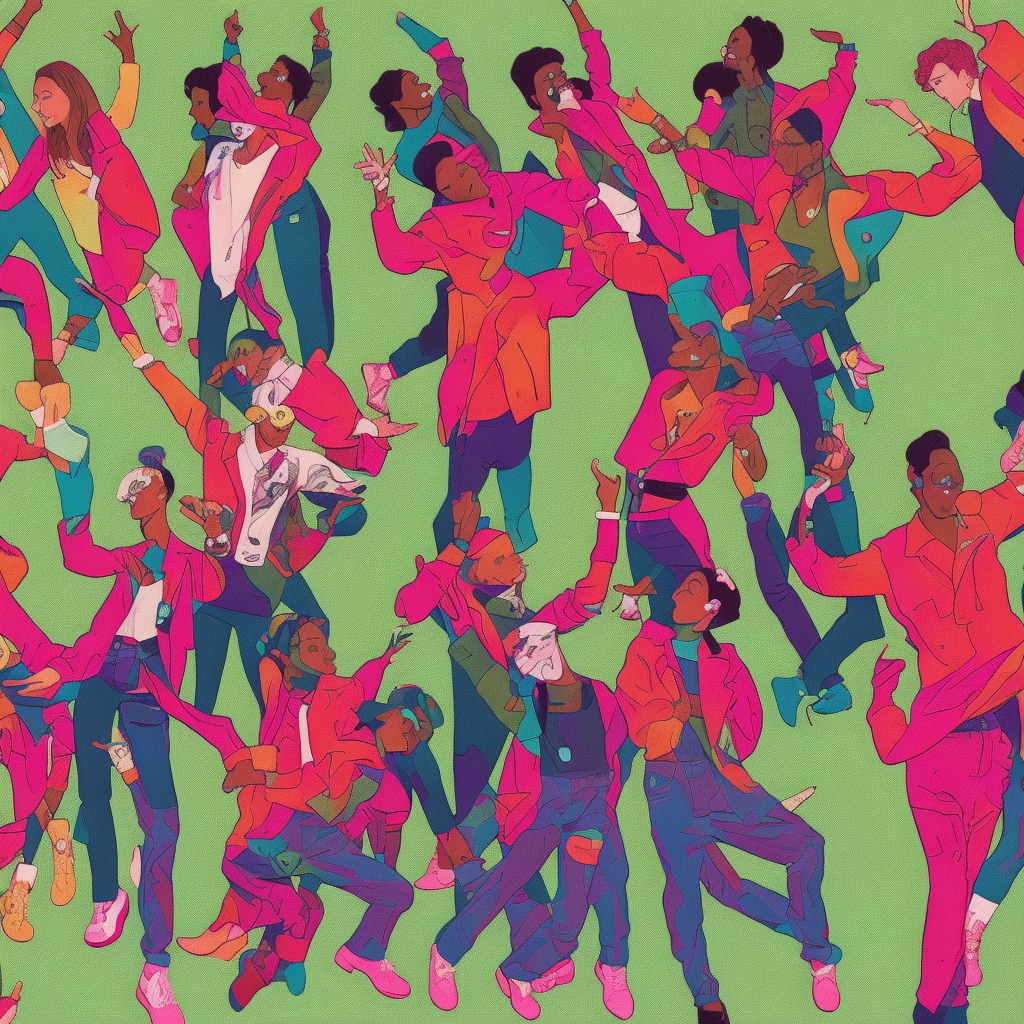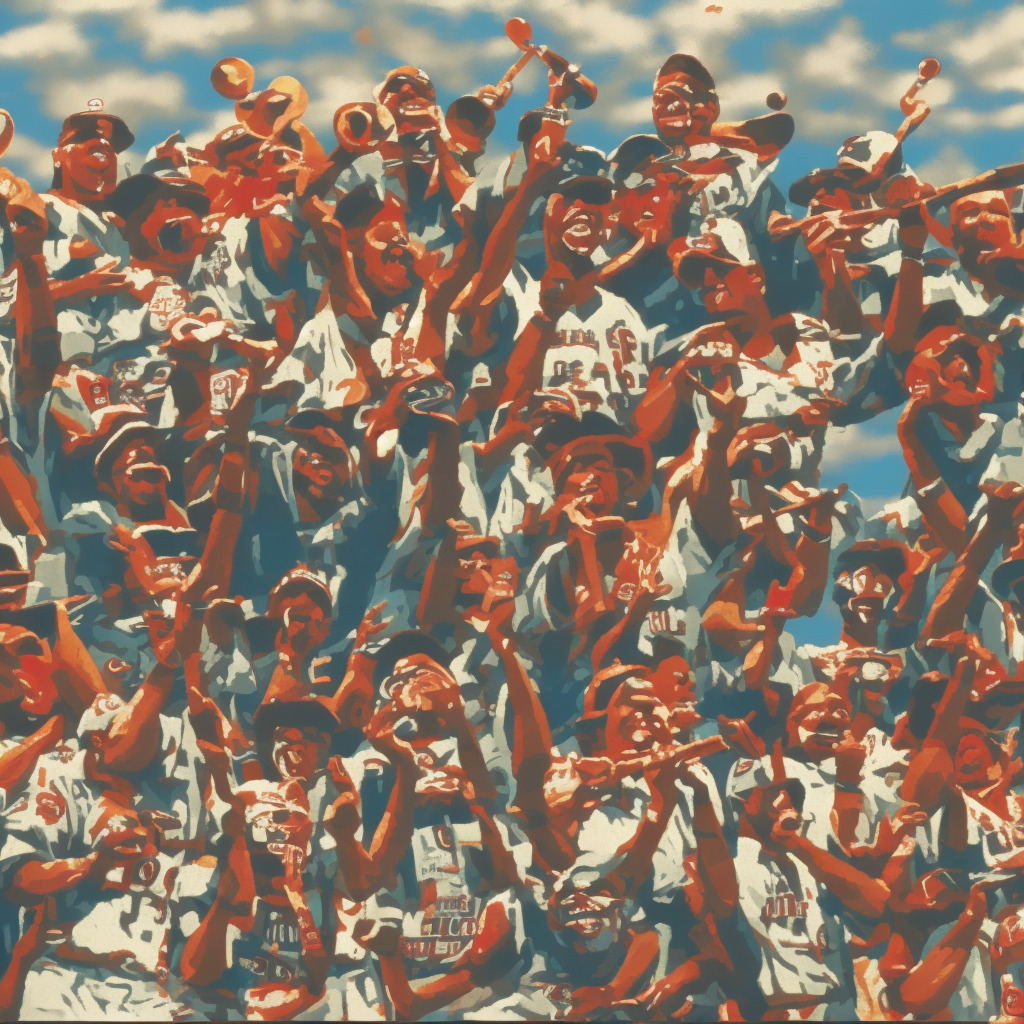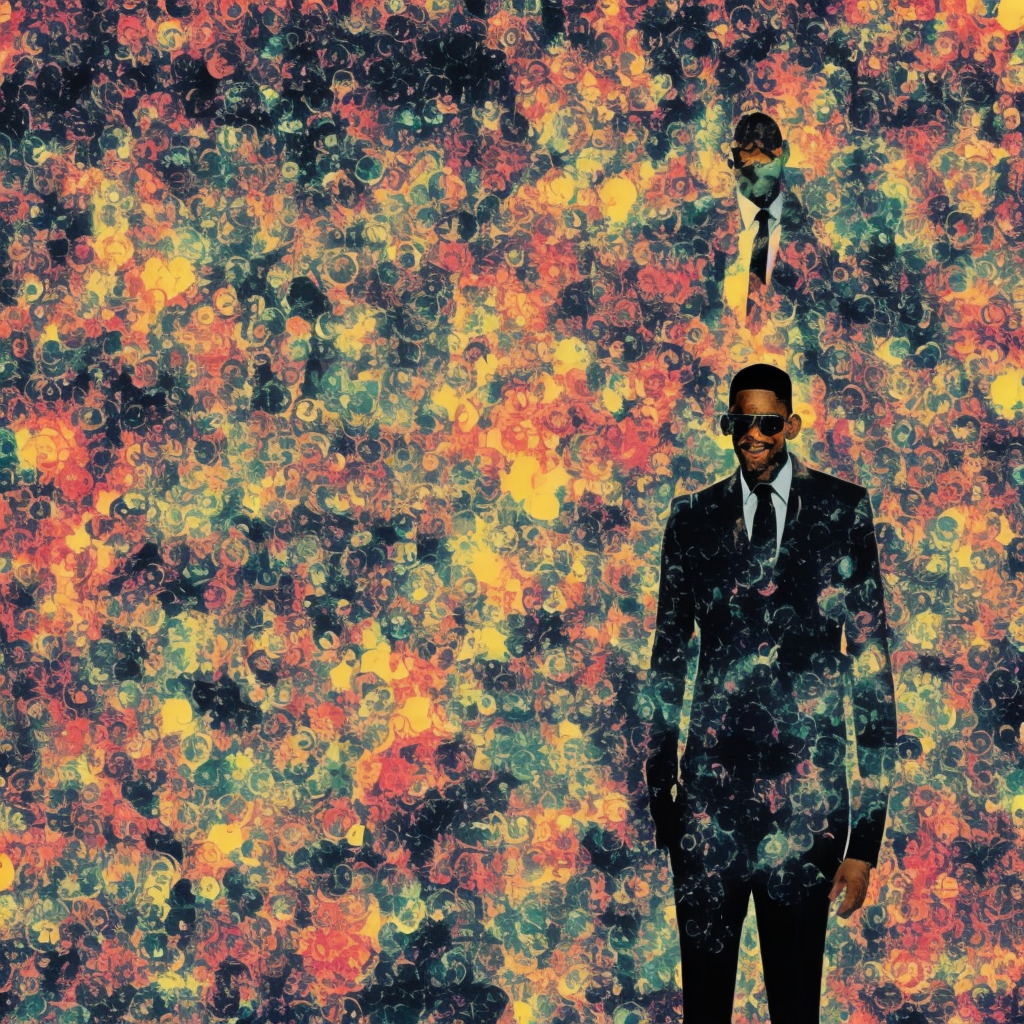🎶 Did you know Coolio’s “Gangsta’s Paradise” was the best-selling single of ’95, even without his label’s support? They doubted it, but he soared! 🚀🎤 #Coolio #GangstasParadise #MusicTrivia #90sHipHop Read about it: tinyurl.com/uzbkxeek
Decoding the Impact of Coolio’s Seminal Hit
Dive into the enduring legacy of Coolio’s “Gangsta’s Paradise” as we unravel its impact on hip-hop and pop culture, transcending charts and solidifying his status as a trailblazer.

Coolio, born Artis Leon Ivey Jr., has undeniably left an indelible mark on the hip-hop landscape with his iconic track, “Gangsta’s Paradise.” The song, which features singer L.V., was released in 1995 and served as the lead single from the soundtrack of the movie “Dangerous Minds.” Not only did it garner international acclaim, but it also solidified Coolio’s status as a hip-hop trailblazer.
Coolio’s career began in the late ‘80s when he joined the hip-hop group WC and the Maad Circle. Their debut album “Ain’t a Damn Thang Changed” was released in 1991, and it wasn’t long before Coolio decided to embark on a solo career. His debut album, “It Takes a Thief,” hit the 8th spot on the Billboard 200 in 1994, with the well-known single “Fantastic Voyage” peaking at number 3 on the Billboard Hot 100.
It was in 1995, however, when Coolio’s sophomore album “Gangsta’s Paradise” was released, that he became a household name. The title track, produced by Doug Rasheed, sampled Stevie Wonder’s “Pastime Paradise” and delved into the struggles of gang life, offering a somber yet insightful look at the harsh realities faced by many in the inner city.
The immense success of “Gangsta’s Paradise” cannot be overstated. The song topped the charts in 16 countries and became the United States’ best-selling single of 1995. It also earned Coolio a Grammy Award for Best Rap Solo Performance in 1996 and two MTV Video Music Awards for Best Rap Video and Best Video from a Film.
Despite the song’s critical acclaim, Coolio’s career took a downward trajectory in the years following its release. Subsequent albums failed to make a significant impact on the charts, and it seems that Coolio’s musical output was overshadowed by his legal troubles and appearances on reality television.
It’s important to note, however, that Coolio has continued to create music, releasing a total of eight studio albums to date. Although he may not have been able to replicate the commercial success of “Gangsta’s Paradise,” Coolio remains an influential figure in hip-hop, and his pioneering role in bridging the gap between rap and mainstream pop culture continues to be celebrated today.
In conclusion, Coolio’s “Gangsta’s Paradise” stands as a testament to the artist’s undeniable impact on the music industry. While his career has experienced its fair share of ups and downs, the song’s ongoing legacy and the accolades it received during its heyday prove that Coolio will forever be remembered as one of hip-hop’s most noteworthy figures.
Chart-topping Coolio Classic
Unstoppable ’95 Coolio hit “Gangsta’s Paradise” conquers global charts and snags prestigious awards, cementing its legacy in hip-hop history.
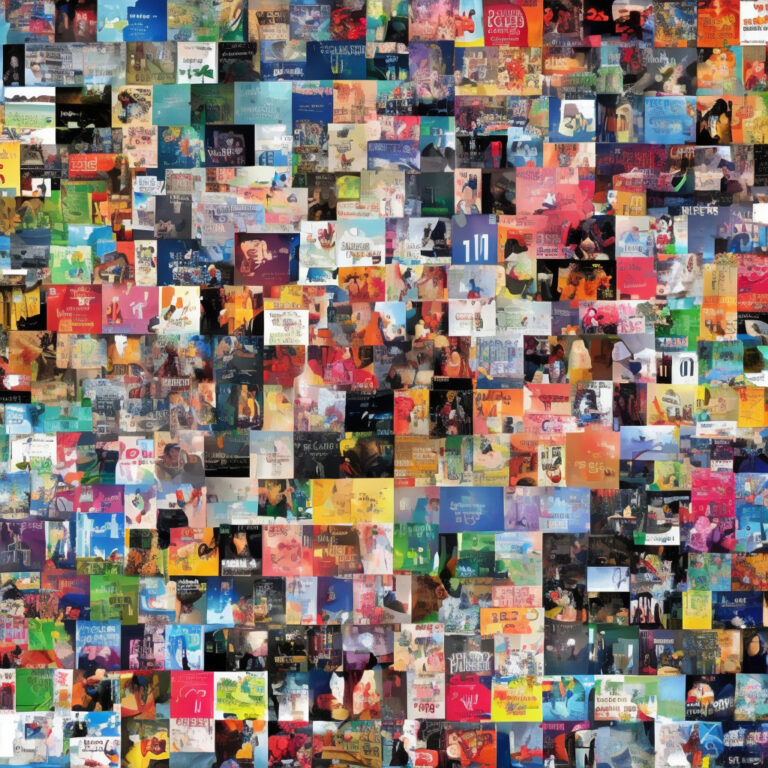
Released on August 8, 1995, “Gangsta’s Paradise” by Coolio took the music world by storm, becoming an instant hit and solidifying its place in music history. The song quickly rose to fame, making significant strides on various charts.
In the United States, “Gangsta’s Paradise” debuted at number 69 on the Billboard Hot 100 chart on August 19, 1995. The song’s popularity rapidly grew, and it wasn’t long before it claimed the top spot. On September 9 of the same year, the track hit the number one position, where it held strong for three consecutive weeks. Eventually, it spent a total of 22 weeks on the chart. Moreover, the song also secured the number one position on Billboard’s Hot Rap Songs and Hot R&B/Hip-Hop Songs charts.
But it wasn’t just in the U.S. that “Gangsta’s Paradise” was making waves. The song also achieved international chart success, reaching the top position in several countries, including the United Kingdom, Australia, Canada, New Zealand, France, and Germany. In the United Kingdom, the track spent 21 weeks on the Official Singles Chart, with three of those weeks spent at the number one position. The song also spent a total of 14 weeks on the Australian ARIA Chart, peaking at the top spot for eight consecutive weeks.
On top of this impressive chart performance, “Gangsta’s Paradise” received several accolades and honors. In 1995, the song earned Coolio a Grammy Award in the category of Best Rap Solo Performance. It also received two MTV Video Music Awards in 1996: Best Rap Video and Best Video from a Film.
With its catchy beat, thought-provoking lyrics, and chart-topping success, “Gangsta’s Paradise” has undoubtedly earned its place as a classic in the annals of 1990s hip-hop and beyond. Its impact on music and pop culture is a testament to Coolio’s unique talent and the song’s enduring appeal.
Dissecting the Lyrics: A Deep Dive into “Gangsta’s Paradise”
As I walk through the valley of the shadow of death
I take a look at my life and realize there’s nothin’ left
‘Cause I’ve been blastin’ and laughin’ so long
That even my momma thinks that my mind is gone
But I ain’t never crossed a man that didn’t deserve it
Me be treated like a punk, you know that’s unheard of
You better watch how you talkin’, and where you walkin’
Or you and your homies might be lined in chalk
I really hate to trip, but I gotta loc
As they croak, I see myself in the pistol smoke, fool
I’m the kinda G the little homies wanna be like
On my knees in the night, sayin’ prayers in the streetlight
Been spending most their lives
Livin’ in the gangsta’s paradise
Been spending most their lives
Livin’ in the gangsta’s paradise
We keep spending most our lives
Livin’ in the gangsta’s paradise
We keep spending most our lives
Livin’ in the gangsta’s paradise
As we delve into the lyrics of “Gangsta’s Paradise” by Coolio, we find that the song captures the essence of the difficult reality faced by many during the mid-90s. It was a time when gang violence and the impact of the crack epidemic were at their peak, and this song gives us a front-row seat to the psyche of a young man caught in the middle of it all.
The opening lines paint a vivid picture of the protagonist’s self-reflection, as he realizes that the life he’s leading is a dead-end street. He’s been living in the gangsta’s paradise for so long that even his mother believes he’s lost his mind. However, he rationalizes his actions by claiming that he’s never crossed someone who didn’t deserve it.
The chorus highlights the cyclical nature of life in gang-infested neighborhoods. For many, there seems to be no way out of the cycle of violence, and thus they spend most of their lives living in what Coolio refers to as a “Gangsta’s Paradise.”
As we analyze the lyrics further, we see that it’s not just about the protagonist’s own life but also about the influence he has on the younger generation. He recognizes that he’s become a role model for those who aspire to be like him. This adds another layer of complexity to the song, as it comments on the ongoing perpetuation of gang culture and violence.
Overall, “Gangsta’s Paradise” by Coolio is a powerful commentary on the harsh realities faced by many individuals during the 90s. It speaks to the struggles and emotions experienced by those who found themselves trapped in a cycle of violence, making it a timeless piece that still resonates with listeners today.
A Walk Through the Gangsta’s Paradise
Embark on a journey through the visually captivating and culturally impactful world of Coolio’s iconic “Gangsta’s Paradise,” a powerful reflection of ’90s urban struggles masterfully portrayed by director Antoine Fuqua.
Diving into the world of “Gangsta’s Paradise,” it is impossible not to mention the iconic music video that accompanied the track. The video, directed by none other than Antoine Fuqua, who later went on to direct renowned films like “Training Day” and “The Equalizer,” provided a visual representation of the song’s powerful message. The music video features a young Coolio, with his signature braids and sunglasses, walking through a dystopian urban landscape filled with graffiti, broken glass, and despair.
One of the most memorable aspects of the video is the inclusion of Michelle Pfeiffer, reprising her role as LouAnne Johnson from the film “Dangerous Minds.” The film, which was based on the real-life experiences of ex-Marine-turned-teacher LouAnne Johnson, inspired the song itself. The opening of the video showcases a tense interaction between Pfeiffer’s character and Coolio, as they engage in a powerful stare-down, which sets the tone for the rest of the video.
The budget for the music video was approximately $150,000, which allowed the production team to create the dystopian setting and incorporate high-quality cinematography. The video was shot on a soundstage at a Los Angeles studio, and the team worked diligently to construct the dilapidated environment that Coolio moves through. The attention to detail in the visual elements, such as the burning trash cans, shattered windows, and oppressive chain-link fences, add to the overall ambiance and effectively portray the harsh reality of the “Gangsta’s Paradise.”
As for the artistic approach, Fuqua and Coolio collaborated closely to ensure that the video accurately represented the song’s message of inner-city life and the struggle against violence and poverty. The video features a combination of slow-motion and fast-paced shots, helping to create an atmosphere of urgency and tension. This visual storytelling, combined with the powerful lyrics and hauntingly beautiful melody, make the “Gangsta’s Paradise” music video an unforgettable piece of ’90s pop culture.
In the years since its release, numerous fan-made videos and YouTube tributes have surfaced, as well as parodies, including Weird Al Yankovic’s “Amish Paradise.” Despite the various interpretations and adaptations, the original “Gangsta’s Paradise” music video remains a culturally impactful and visually captivating work of art that continues to resonate with audiences around the world.
The Mastermind Behind “Gangsta’s Paradise”
It’s time to recognize the artistic genius behind Coolio’s iconic hit, “Gangsta’s Paradise” – none other than the talented composer, Doug Rasheed. With a knack for blending hip-hop with orchestral elements, Rasheed skillfully crafted a musical masterpiece that continues to resonate with listeners worldwide. Beyond “Gangsta’s Paradise,” he has contributed to an array of memorable tracks, such as Tupac Shakur’s “Do for Love” and Snoop Dogg’s “Gangsta Move,” further solidifying his status as a highly sought-after producer in the industry. Rasheed’s ability to create evocative soundscapes that enhance the lyrics of each song truly makes him a standout composer in the world of hip-hop.
Accolades, Appearances, and Alluring Covers
“Gangsta’s Paradise”: Grammy-winning cultural touchstone, captivating audiences through film, TV, video games, and iconic covers for over two decades.
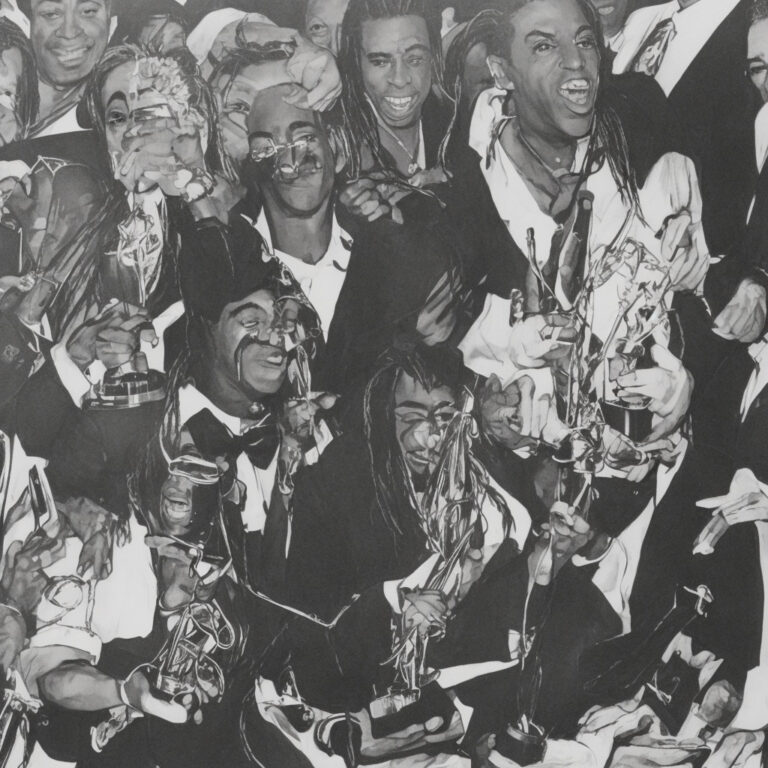
“Gangsta’s Paradise” quickly gained acclaim in the music world, not only for its powerful lyrics and message but also for the numerous accolades it received. In 1995, the song won the Grammy Award for Best Rap Solo Performance, a highly sought-after recognition in the hip-hop community. It also nabbed the MTV Video Music Award for Best Rap Video and the Billboard Music Award for Top Rap Song of the Year. With its impressive chart performance, the track held the No.1 spot on the Billboard Hot 100 for three weeks, solidifying its status as a cultural touchstone.
The song’s meteoric rise to fame was undoubtedly fueled by its inclusion in the 1995 film, “Dangerous Minds,” starring Michelle Pfeiffer. The accompanying music video, which featured scenes from the movie, became a staple on MTV as well. Over the years, “Gangsta’s Paradise” has continued to make appearances in various forms of media, including TV shows like “The Green Room with Paul Provenza” and “New Girl,” as well as video games such as “Grand Theft Auto V” and “Rock Band 4.” Its ubiquity further solidified its legacy within the fabric of pop culture.
As a testament to the song’s timeless appeal, numerous artists have produced their own cover versions of “Gangsta’s Paradise” throughout the years. Some notable renditions include those by punk rock band The Pretty Reckless, ska-punk outfit Skindred, and a haunting acoustic take by singer-songwriter James Morrison. More recently, the Norwegian electronic duo Inache put their spin on the track, infusing it with a pulsating, atmospheric vibe.
Clearly, “Gangsta’s Paradise” has left an indelible mark on the music landscape and continues to be appreciated and celebrated by fans and artists alike. With its powerful message, enduring popularity, and ever-evolving presence in various forms of media, it’s safe to say that Coolio’s magnum opus will remain a classic for generations to come.
Diving Into the Musical Depths
“Gangsta’s Paradise” is a masterful blend of hip-hop and R&B elements, showcasing Coolio’s unique style and penchant for storytelling. The song is written in the key of F minor, which adds a sense of melancholy and darkness to the overall tone, fitting for its introspective portrayal of life on the streets.
The chord progression in the song is simple yet effective, consisting of a repetitive four-chord loop that cycles throughout the entire track. These chords are F minor, B♭ minor, C♯ major, and C major, which create a sense of tension and release as the song progresses. This tension is further heightened by the song’s tempo of approximately 80 beats per minute (BPM), establishing a slow, deliberate pace that complements the subject matter.
One of the standout features of “Gangsta’s Paradise” is its heavy use of samples, most notably the iconic chorus taken from Stevie Wonder’s 1976 hit “Pastime Paradise.” The lush string arrangement and choir vocals provide a stark contrast to Coolio’s hard-hitting rap verses, resulting in an unforgettable blend of styles. The interpolation of Wonder’s chorus also serves as a tribute to the original song’s message of social consciousness, further reinforcing the themes explored in “Gangsta’s Paradise.”
Additionally, the song features a distinctive bassline that adds a layer of depth to the overall sound. The bassline is primarily composed of syncopated 16th notes, providing a driving force that pushes the song forward while adding a touch of funk to the mix. This bass-heavy foundation supports Coolio’s vocal delivery, allowing his lyrics to take center stage and leaving a lasting impact on the listener.
The drum pattern in “Gangsta’s Paradise” is relatively sparse, with a focus on the kick drum and snare hits, which are accentuated by occasional hi-hat cymbal embellishments. This minimalistic approach to percussion allows the listener to focus on the poignant lyrics and captivating chord progression.
In summary, “Gangsta’s Paradise” is a prime example of Coolio’s ability to merge various musical elements into a cohesive and powerful piece of art. The song’s chord progression, tempo, sampling, bassline, and drum pattern all contribute to the creation of a memorable and influential track that has stood the test of time in the ever-evolving world of hip-hop.

